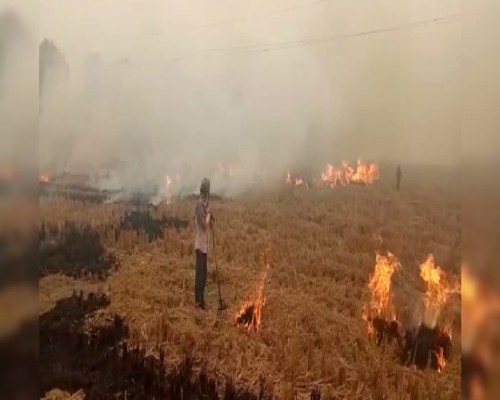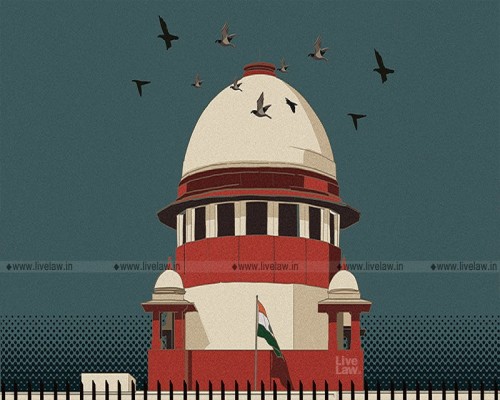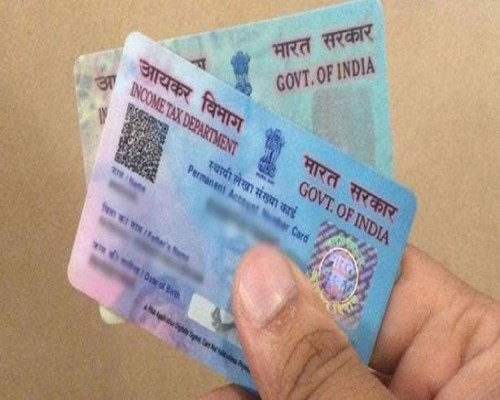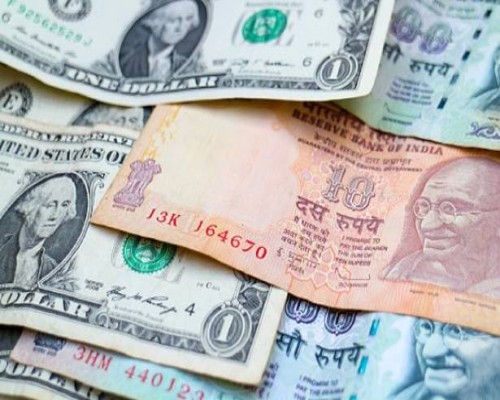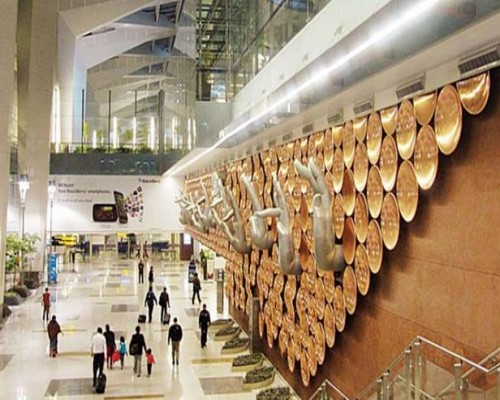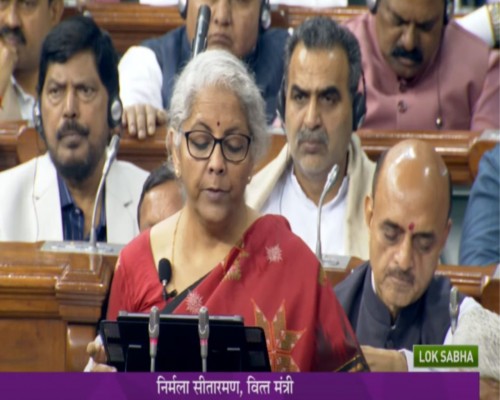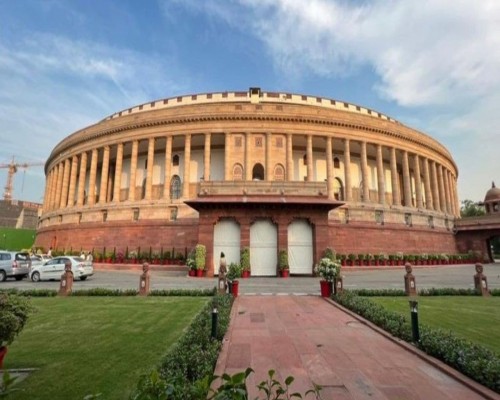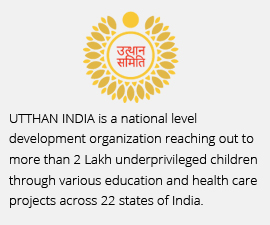Banarasi Saree Industry Demands Textile Park for Growth

Kashi Vishwanath Corridor Boosts Sales, But Industry Faces Infrastructure Gaps
Renowned globally for its Banarasi sarees, the city of Varanasi holds a prominent place in India's economic and cultural landscape. The Banarasi saree industry, one of the oldest and most revered artisan industries in the country, is now calling for a dedicated textile park to address its growing challenges.
With the development of the Shri Kashi Vishwanath Corridor attracting a significant increase in tourists, the demand for Banarasi sarees has surged. However, the industry continues to face hurdles in scaling up due to inadequate infrastructure, lack of modern technology, and rising input costs.
Key Highlights:
• Annual Business: The Banarasi saree, dupatta, and brocade industry contributes over ₹10,000 crore annually to the Indian economy.
• Employment: Approximately 8-10 lakh artisans and workers are directly or indirectly dependent on this industry for their livelihood.
• Local Sales: Over 15,000 shops in Varanasi cater exclusively to Banarasi sarees, indicating the scale of local business activity.
Challenges Facing the Industry:
1. Raw Material Costs: The rising prices of silk, zari, and other materials are increasing production costs, impacting profitability for weavers and manufacturers.
2. Infrastructure Deficiencies: The lack of a modern textile park equipped with advanced facilities is a significant bottleneck. Industry leaders believe such an initiative could streamline production and enhance global competitiveness.
3. Technology Gap: Many artisans continue to rely on traditional methods. Access to modern looms and machinery remains limited due to high costs and lack of financing options.
Industry Demands:
The Banarasi saree industry has urged the government to prioritize its development by addressing the following key areas:
• Establishing a dedicated textile park to support production and distribution.
• Financial subsidies for the purchase of modern weaving machinery.
• Reduction in import duties on essential raw materials such as zari and silk to lower costs.
• Infrastructure upgrades, including the creation of specialized training centres to help artisans adapt to modern techniques.
• Dedicated marketing initiatives to promote Banarasi sarees in both domestic and international markets.
Expert Insights:
“The Banarasi saree industry is the soul of Varanasi’s heritage. While the Kashi Vishwanath Corridor has brought new attention to the city and boosted local sales, the industry's long-term growth depends on government support. A textile park could be the game-changer,” said Manoj Pathak, President of the Banarasi Weavers Association.
Nirmala Singh, a senior member of the Hindustan Welfare Committee, emphasized, “If we don’t invest in modernizing this industry now, it will struggle to compete in global markets. Government incentives are crucial to retaining the glory of Banarasi sarees.”
Way Forward:
To maintain its rich legacy and remain competitive in international markets, the Banarasi saree industry needs a coordinated effort from the government, industry stakeholders, and financial institutions. A textile park in Varanasi could not only provide the necessary infrastructure but also ensure a sustainable future for the artisans who form the backbone of this historic craft.



